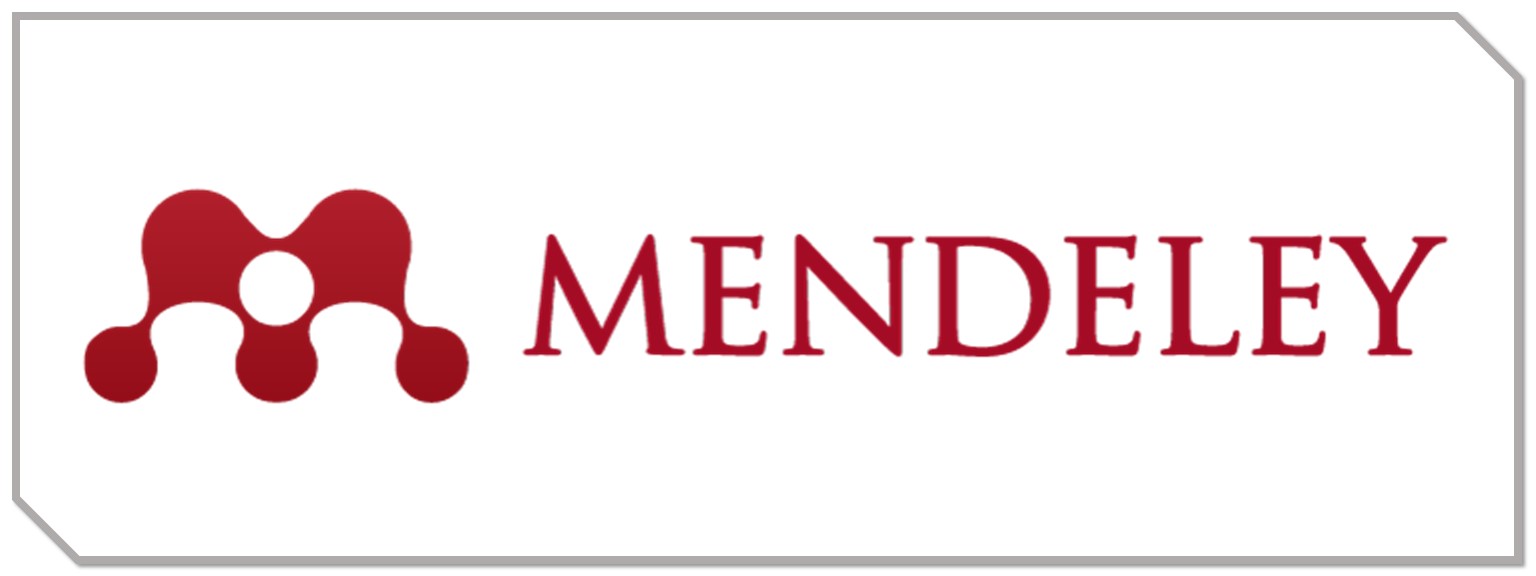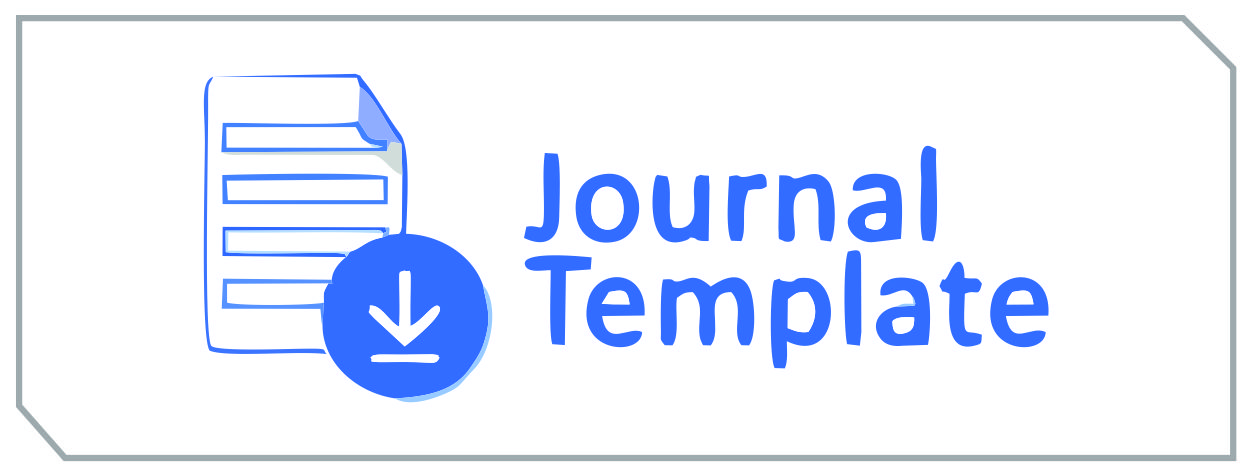Kepemimpinan Digital dalam Manajemen ASN di Kabupaten Bogor
DOI:
https://doi.org/10.56444/mia.v21i2.1987Keywords:
Digital Leadership, ASN Management, Qualitative ApproachAbstract
The research will focus on analyzing digital leadership in the digitalization of ASN management in Bogor Regency that has already been established and implemented. The research will utilize a qualitative approach, employing data collection techniques such as interviews, observations, and literature studies. The validation process will involve data and source triangulation. The study's findings indicate that although the digitalization of ASN management has been carried out, there are still weaknesses present. These weaknesses include a fragmented and non-integrated system. Additionally, digital leadership currently faces challenges such as a digital divide, low commitment, poor adaptation to digital culture, inadequate regulations that do not fully cover the various systems being developed, and weak information system security. The research recommends that the Bogor Regency government prioritize the identification of a digital leadership figure who meets specific criteria. These criteria include possessing a vision and mission for digital transformation, demonstrating digital competence, collaboration skills, the ability to formulate regulations, fostering a digital culture, and exhibiting strong commitment and leadership abilities.
References
Abie, H., Foyn, B., Bing, J., Blobel, B., Pharrow, P., Delgado, J., Karnouskos, S., Pitkanen, O., & Tzovaras, D. (2024). The need for a digital rights management framework for the next generation of e-government services. Electronic Government Holzer, 1(1).
Avolio, B. J., & Kahai, S. S. (2003). Adding the “E” to E-Leadership: How It May. Impact Your Leadership." Organizational Dynamics, 31(4).
BKPSDM. (2024). Bezzeting pegawai PNS dan PPPK Kabupaten Bogor.
Davenport, T. H., & Harris, J. G. (2007). Competing on Analytics: The New Science of Winning. Harvard Business Review Press.
Eyob, E. (2004). E-Government : Breaking the frontiers of inefficiencies in the public sector. Electronic Government., 1(1).
Harimurti, Agung, R. ., & Erna, I. (2021). Digital Skill dalam Penyusunan Kebijakan : Modul Pelatihan Kepemimpinan Administrator. Lembaga Administrasi Negara Republik Indonesia.
Hoch, J. E., & Kozlowski, S. W. (2014). Leading Virtual Teams: Hierarchical Leadership, Structural Supports, and Shared Team Leadership. Journal of Applied Psychology, 99(3).
J, Z. (2012). An analysis of human resource management practices: A case study of state Bank of Pakistan. European Journal of Social Science, 15(1).
Klein, E., & Robinson, J. (2020). Like, Post, and Distrust? How Social Media Use Affects Trust in Government. Political Communication, 37(1).
KR, S. (2012). E-HRM and how IT well reduce the cost in organization. Journal of Marketing and Management Review, 1(4).
Lytras, M. D. (2006). The semantic electronic government: knowledge management for citizen relationship and new assessment scenarios. Electronic Government., 3(1).
Marthalina, M. (2021). Analisis Dampak Pengembangan Karir PNS Pasca Pelaksanaan Alih Jabatan Struktural ke Jabatan Fungsional. Jurnal MSDA (Manajemen Sumber Daya Aparatur), 9(1), 42–55. https://doi.org/10.33701/jmsda.v9i1.1716
Menka. (2015). E-HRM: An innovative tool for organizational performance. Indian Journal of Applied Research, 5(2).
Morris, M. G., & Venkatesh, V. (2010). Job Characteristics and Job Satisfaction: Understanding the Role of Enterprise Resource Planning System Implementation. MIS Quarterly, 34(1).
P, K. (2013). E-HRM: a boon or bane? Anveshanam a National Journal of Management. Journal of Management., 1(1).
Parry, K. W., & Sinha, P. N. (2005). Researching the Trainable Transformational Leader: The TLQ as a Leadership Development Tool. Journal of Leadership & Organizational Studies, 11(3), 105–115.
Rani, & Nuraini, S. (2022). Laporan Aksi Perubahan Sistem Informasi Peningkatan Pengembangan Kompetensi melalui Sistem Informasi Pengembangan Kompetensi ASN Masa Depan (SI ABANG TAMPAN).
Reeves, M., & Deimler, M. (2011). Adaptability: The New Competitive Advantage. Harvard Business Review, 89(7).
Rusliandy. (2024a). Manajemen Talenta pada Pemerintah Kabupaten Bogor. Bahan paparan pada pelatihan Manajemen Talenta Angkatan II Lembaga Administrasi Negara.
Rusliandy. (2024b). Strategi BKPSDM Kabupaten Bogor dalam Mengimplementasikan Manajemen Talenta Dalam Memilih Ketua Tim. Jurnal Sketsa Bisnis, 11(1).
Rusliandy, R. (2022). Evaluasi Implementasi Kebijakan Disiplin Pegawai Negeri Sipil Daerah. Ideas; Jurnal Pendidikan, Sosial, Dan Budaya, 8(1). https://doi.org/https://doi.org/10.32884/ideas.v8i1.629
Vassilakies, C., Lepouras, G., Rouvas, S., & Geordiadis, P. (2004). Integrating e-government public transactional services into public authority workflows. Electronic Government. Electronic Government., 1(1).
Westerman, G., Bonnet, D., & McAfee, A. (2014). Leading Digital: Turning Technology into Business Transformation. Harvard Business Review Press.
Yuningsih, N. (2018). Penerapan Manajemen Kinerja Pegawai Di Instansi Pemerintah. Jurnal Pengembangan Wiraswasta, 19(2), 141. https://doi.org/10.33370/jpw.v19i2.133









